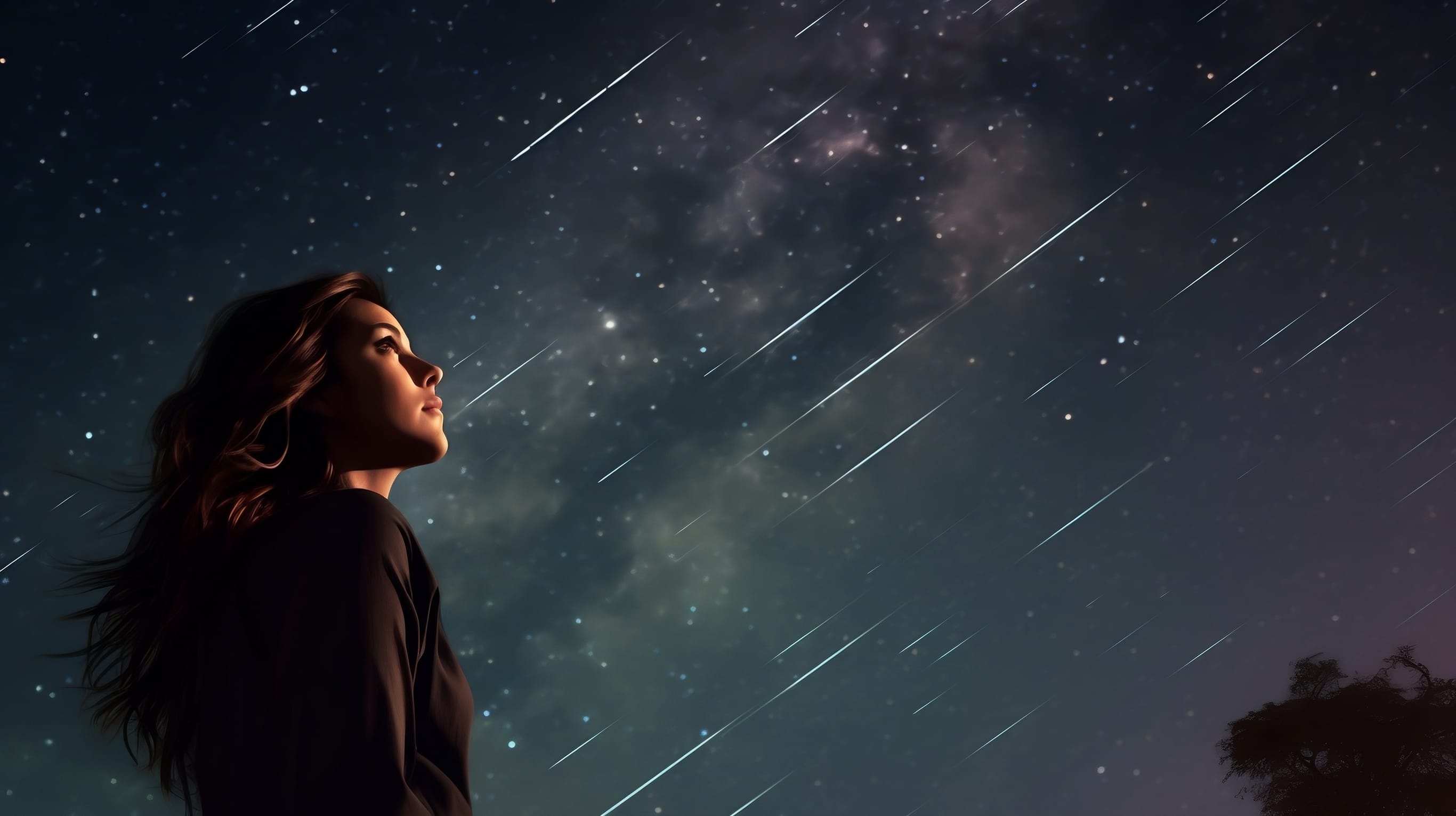Alpha Centaurids: The Only Major Meteor Shower in February 2026
In early February, observers in the Southern Hemisphere can see the Alpha Centaurid meteor shower (α-Centaurids). It will reach its peak on February 8, producing up to 6 shooting stars per hour. Don’t miss your chance to catch February’s only major meteor shower! Use the Sky Tonight app to find the best time for viewing the meteors and read on to discover more details about the Alpha Centaurids.
Contents
- Alpha Centaurids 2026: When and where to see
- What direction is the α-Centaurid meteor shower?
- Alpha Centaurids 2026: Bottom line
Alpha Centaurids 2026: When and where to see
- Active: January 31 – February 20
- Peak of activity: February 8
- Meteors/hour: 6
- Moon illumination: 63%
- Radiant location: Constellation Centaurus
- Parent body: Unknown
- Visible from: Southern Hemisphere
- Description: The Alpha Centaurids are a minor meteor stream radiating from the constellation Centaurus. Although the typical rate is modest, the shower occasionally produces brief outbursts of up to 20–30 meteors per hour.
Alpha Centaurids 2026: Visibility forecast
In 2026, the Alpha Centaurids will peak on February 8, just one day before the Last Quarter Moon. This makes the observing conditions fairly favorable, especially if you can block the Moon’s light with a tree, building, or hill.
The radiant is nearly circumpolar for most regions in the Southern Hemisphere, so observers in Australia, New Zealand, and much of South America can watch the meteor shower from late evening till dawn. The best time to observe is after local midnight, when the radiant climbs higher in the sky. The Sky Tonight app will show you when the radiant reaches its highest point in your exact location.
Are you ready for the meteor hunting? Prepare yourself to catch the most shooting stars with our fun quiz.

What direction is the α-Centaurid meteor shower?
The Alpha Centaurids appear to originate from the constellation Centaurus. It’s the ninth-largest constellation in the sky, famous for containing Alpha Centauri, the closest star to the Solar System. The exact location of the radiant is about 2° northwest of the star Hadar (beta Centauri). The meteor shower is best observed in the Southern Hemisphere, visible up to 32°N.
The easiest way to find the position of the Alpha Centaurids’ radiant is to use a stargazing app. Here is how to do it with the free app Sky Tonight:
- Open the app and tap the magnifier icon.
- On the search bar, type the name of the meteor shower — “Alpha Centaurids.”
- Choose the fitting result and tap the blue target button. The app will show you the meteor shower’s radiant position on the sky map.
- To find the Alpha Centaurids’ radiant in the sky above you, tap the blue compass button or point your device to the sky. You’ll see the white arrow that will guide you to the radiant position. Move your device following the arrow until you see the Alpha Centaurids’ radiant on the screen. The image corresponds to the real sky at your location.

Alpha Centaurids 2026: Bottom line
The Alpha Centaurid meteor shower will reach its peak on February 8, 2026, producing around 6 meteors per hour. The Last Quarter Moon will cause only moderate interference — after midnight, when it’s lower in the sky, conditions should be fairly favorable for observation. If you’re in the Southern Hemisphere, definitely give the Alpha Centaurids a chance!
Download the Sky Tonight app to learn when the radiant climbs highest in your sky — that’s when you’ll catch the most meteors! To make your meteor hunt even better, check out our meteor-shower infographic for tips and viewing tricks.

